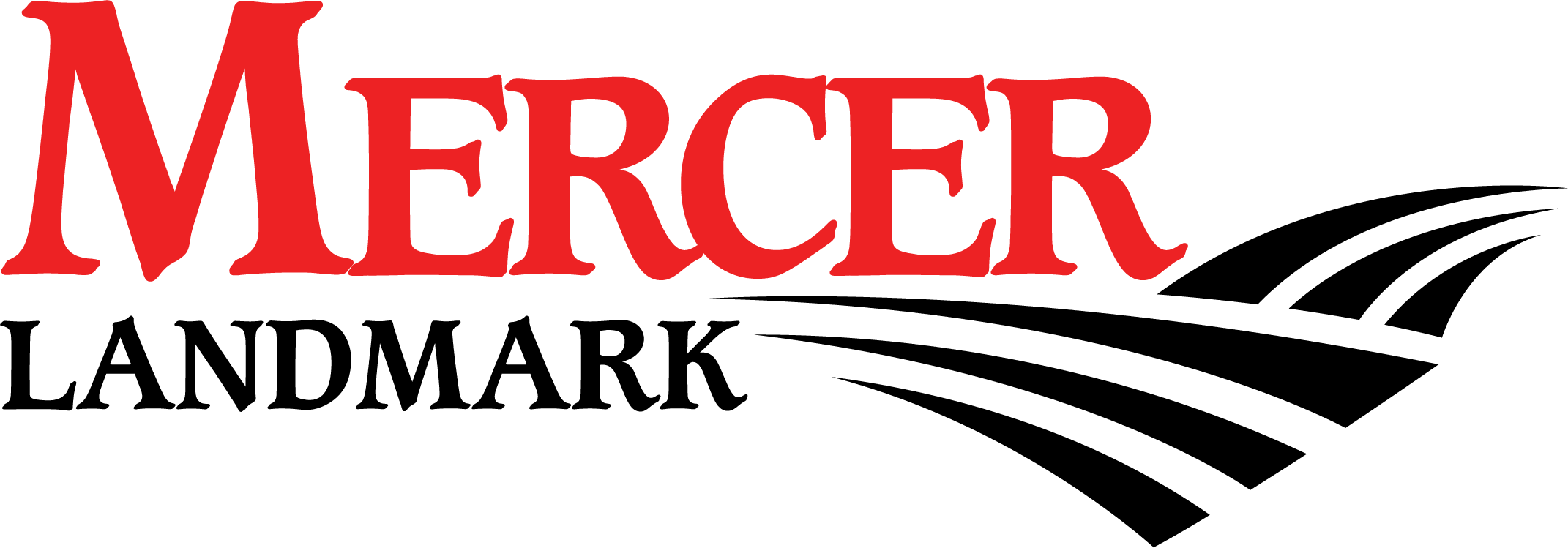Please note in the article below that glyphosate and glufosinate prices are subject to change.
As we finish up the 2021 crop year, there has been plenty of uncertainty related to supplies for the 2022 crop year. As a result of the uncertainty, some growers are attempting to purchase as many of their 2022 crop protection needs as possible. We’re working diligently to get as many products into our inventory and available for sale as early as possible this year.
Planning for Success in the 2022 Farming Season
Planning is a critical component for success. Mercer Landmark is working closely with our basic manufacturers and distribution partners to build a supply plan to meet the needs of the 2022 crop protection market.
The two primary active ingredients that appear to be in short supply are glyphosate and glufosinate. Bayer’s Luling plant, a key facility in the manufacturing of glyphosate was severely impacted by Hurricane Ida, but is now back online. This is positive news, but it’s no guarantee that we’ll have the supply we need to cover all the acres we’re used to covering with glyphosate. While we’ve historically been able to order our needs for the upcoming season and lock in pricing, the uncertainty within the supply chain and rising shipping costs mean we’re only able to sell the product that’s been delivered to our facilities. We’re optimistic that we’ll see most of the supply we’ve been accustomed to, but some level of shortages may be expected.
The glufosinate market is equally challenging. While there are US facilities that manufacture the final product, there are ingredients required for manufacturing that are sourced from overseas and shipped. Because of this, supply challenges continue to create issues for meeting the rising demand for this product. We’ve been able to work with our manufacturing and distribution partners to source a large percentage of our needs for the 2022 season, but it will not arrive all at once and some may arrive just in time.
Developing a Primary Plan Specific to Your Farm
What does that mean for your farming operation? It means we need to work together this fall and early winter to develop a primary plan for controlling weeds, as well as contingency plans for your farm. The earlier we work together to develop your farm plan, the more likely we are to have the products you’ll need in the 2022 growing season. While we’d prefer to stick to your primary crop protection plans, there may be some situations that may result in utilizing that contingency plan, if unexpected supply challenges arise.
The Good News
Supplies of corn and soybean residual products appear to be in good shape. The best plan is to start with a good residual and plan a second layered residual in order to limit the need for excessive post-emerge herbicide options. In the event that we need to control emerged weeds, there are other compounds that control broadleaves and grasses in soybeans and corn that can be used in place of glyphosate, and glufosinate if needed. Knowing your trait package for your corn and soybeans will be very important for developing contingency plans for in-season herbicide applications.
Based on the tremendous success of fungicides in corn and soybeans, we’re predicting continued growth in the fungicide market and we’ve placed early orders that are aligned with that expected growth. Once again, if early planning indicates an even greater demand for fungicides, that allows us to order additional products to have them available when the timing is right for fungicide applications.
Our team of Crop Production Advisors will be able to work closely with you to develop a crop protection plan that meets your needs and fits within the supply constraints that we’re seeing within the market.
